In a paragraph, how did you get started in the hobby?
Like many model railroaders, I got started in the hobby with toy trains: first with Marx clockwork, then with Lionel when I was six. In my teenage years I moved up (or down, depending on your point of view) to HO, then HOn3. I even dabbled a little in Sn2. Following that came the usual “gap years” before I learned about garden railroading.
What was your first large scale locomotive?
My first large-scale locomotive was the classic LGB 2010 Stainz 0-4-0 in the late 1970s. I first saw LGB trains at Denver’s now defunct Caboose Hobbies. I was impressed with its size and its smooth, quiet operation. I still have that locomotive.
What’s your favorite part of the hobby?
These days, my favorite of the hobby is scratchbuilding my own live-steam locomotives. When I first became interested in live steam, my ambition was to build a locomotive I could ride behind. I signed up for a machine-shop class at the local trade school and learned how to run a lathe. When I started becoming interested in garden railroading, my interest shifted to small-scale live steamers.
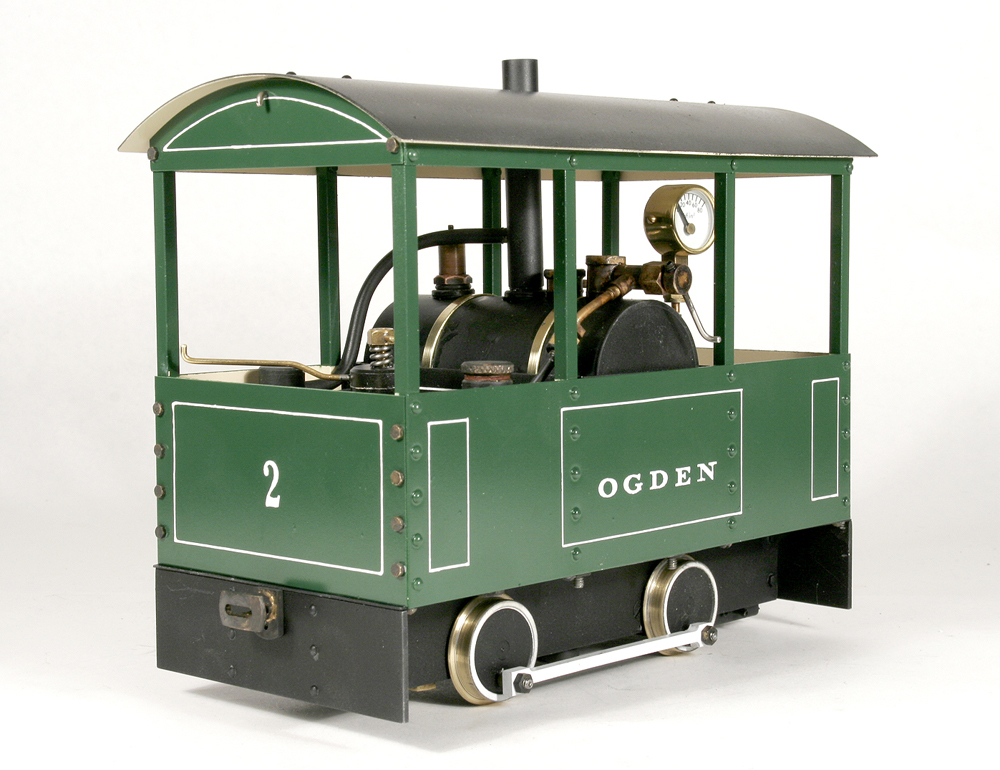
Over the years I built up a small but fairly complete machine shop in my basement. Today I have virtually all of the tools and materials I need right at hand, which is a great luxury.
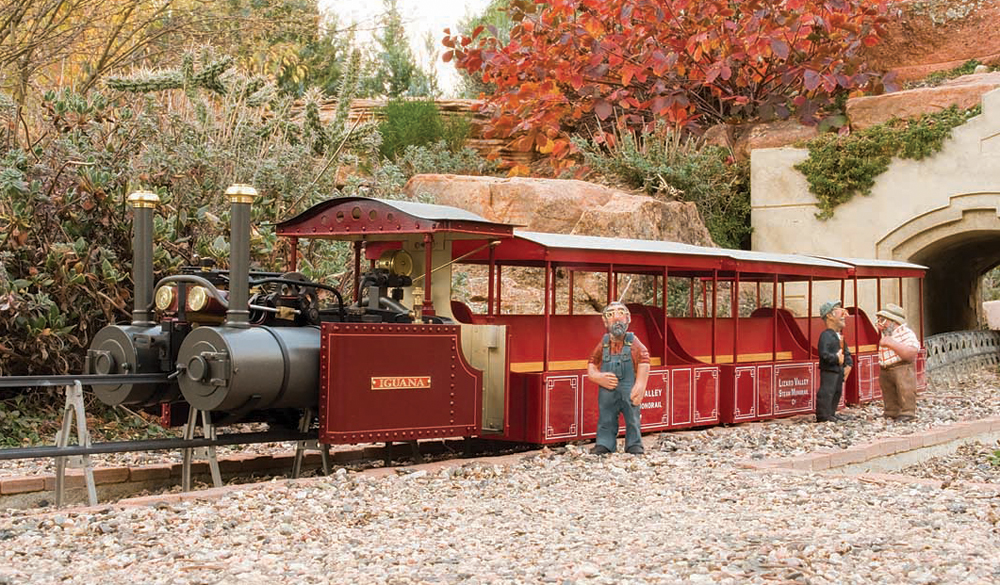
I’ve built more than a dozen engines over a span of 40 or so years. Whenever I start a new project I try to build my skill level and learn a bit more about what I’m attempting. Many of the engines I’ve built are freelance. Lately, though, I’ve started building models of full-size locomotives. I like the odd and obscure, so sometimes I must work only from photographs.
What’s your least favorite part?
Weeding the garden.
What has been your biggest modeling success?
This is a difficult question. I tend to think of each project as my biggest modeling success…until the next one comes along. Perhaps that’s the way it should be. Shouldn’t everything you do be the best thing you’ve done to date?
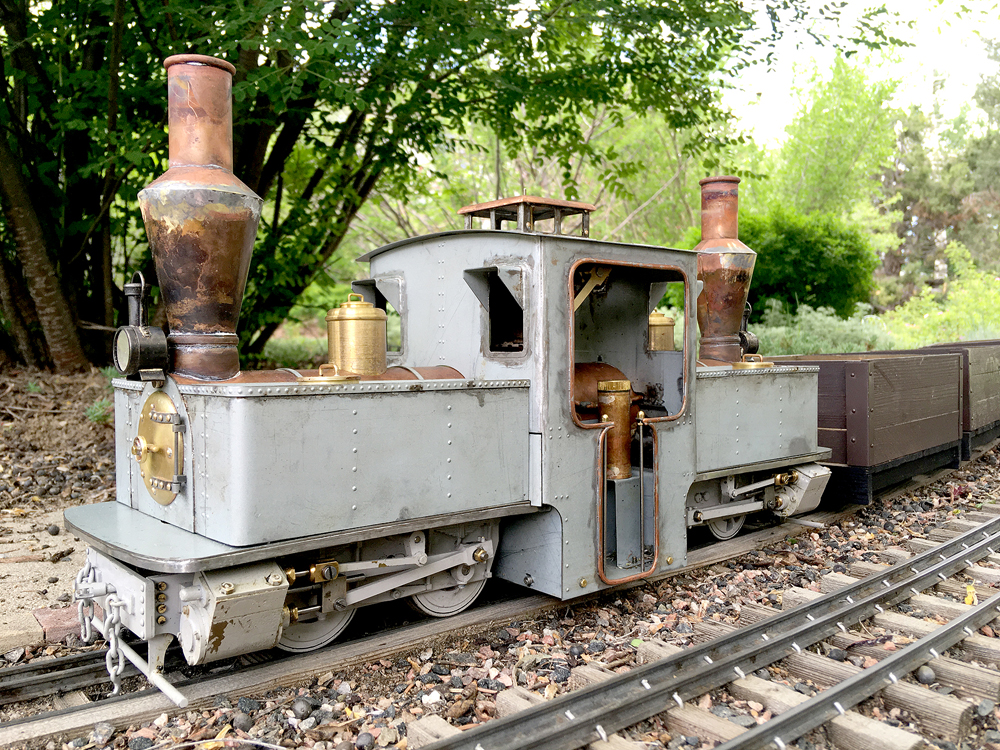
My latest project (still unpainted as I write this) is a 7/8”-scale model of a Pechot-Bourdon 0-4+4-0 articulated locomotive. The engine dates from the mid teens of the 20th century and was designed for use by the French military to run on poor portable track. The locomotive was extensively used by them in WWI.
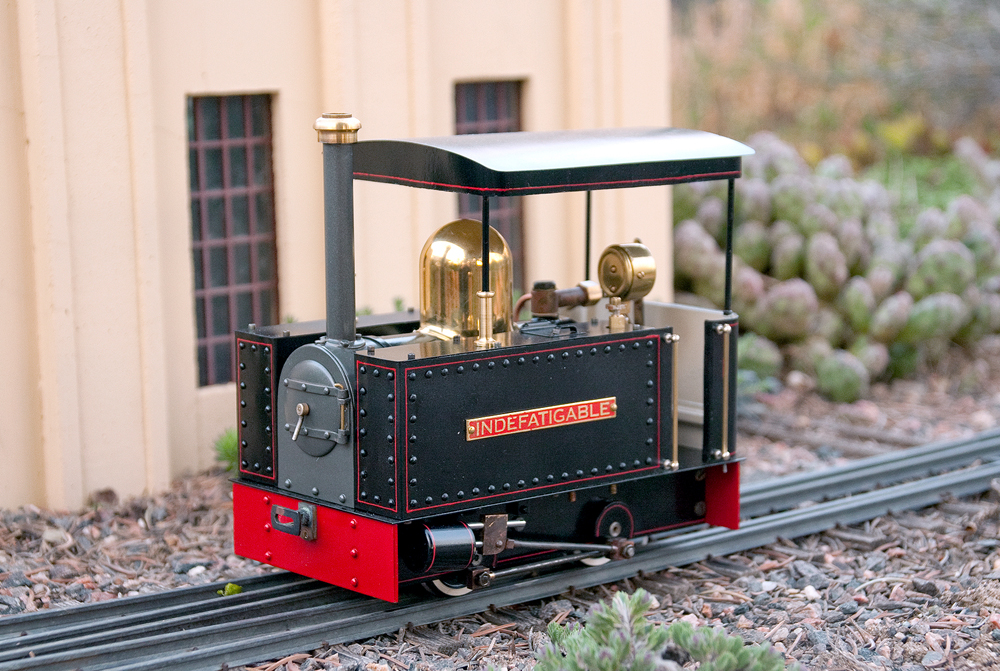
I’ve enjoyed working with Accucraft on the development of several locomotives, including the Ruby and the Dora engines, both starter engines with a large potential for modification. Though not specifically a modeling successes, writing books, including Beginner’s Guide to Large Scale Model Railroading—coauthored with Russ Larson—and A Passion for Steam were also milestones for me, as was starting and editing Garden Railways magazine for 35 years.
What was your biggest modeling mistake?
Another difficult question, as I’ve made a great number of mistakes over the years. I can think of many but none stands out as the biggest. I suppose each mistake seemed like the biggest at the time. I tend to look on mistakes as learning opportunities.
What advice would you give to a new hobbyist?
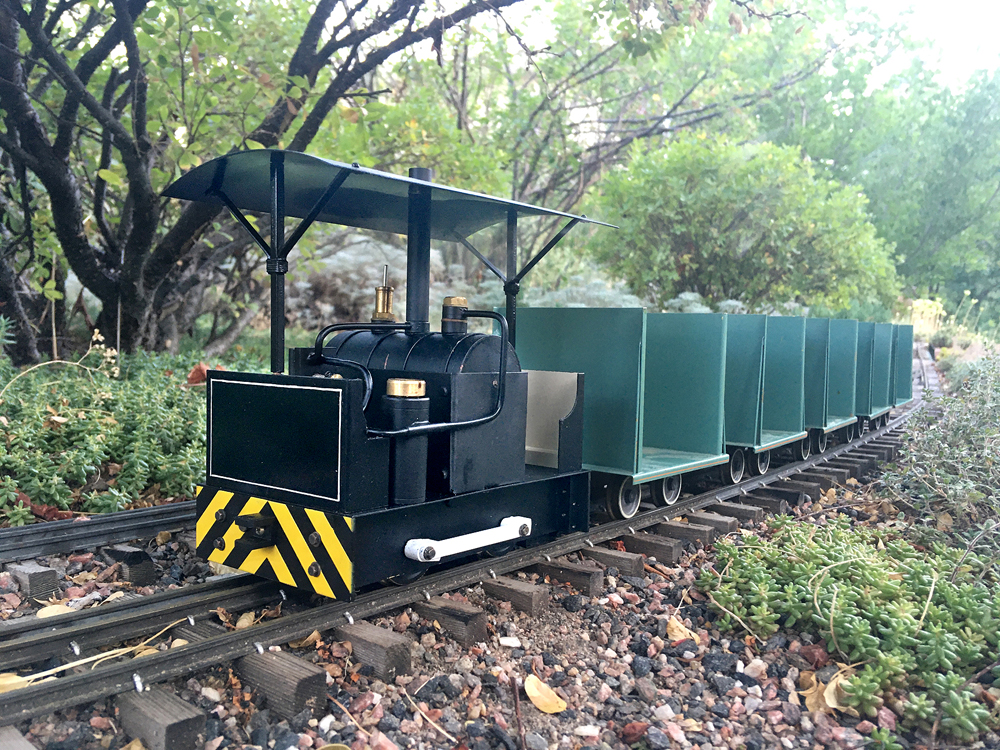
I would suggest learning as much as you can about the hobby before getting into it too deeply. What is your primary interest? Is it locomotives, a specific railway, running to a schedule, operation, or a combination of these (and other) things?
If you are planning to build a garden railway, by all means, do your homework first. There are many ways to approach the task, some excellent, some disastrous. Speak to experienced garden railroaders in your area to learn what works well where you live.
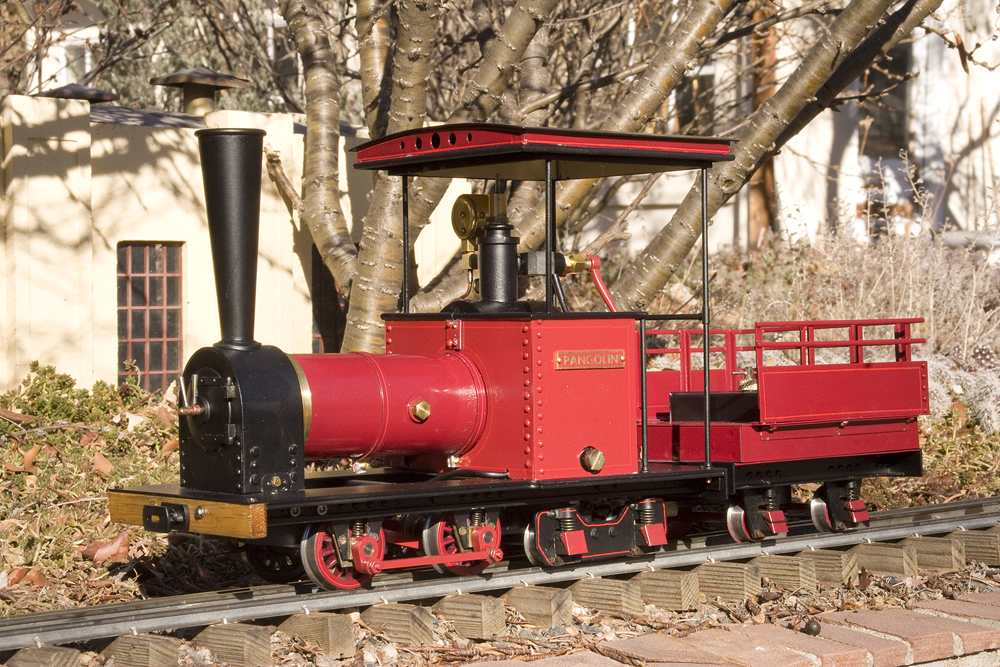
The most important thing, though, is just to get started. It has been said that the first step is always the hardest. Sure, you’ll make mistakes, but that’s how you learn. Some wise person once said that if you’ve never made a mistake, you’ve never made anything.
Editor’s note: Marc Horovitz was the founding and longtime editor of Garden Railways magazine. Visit his website at: http://www.sidestreet.info/






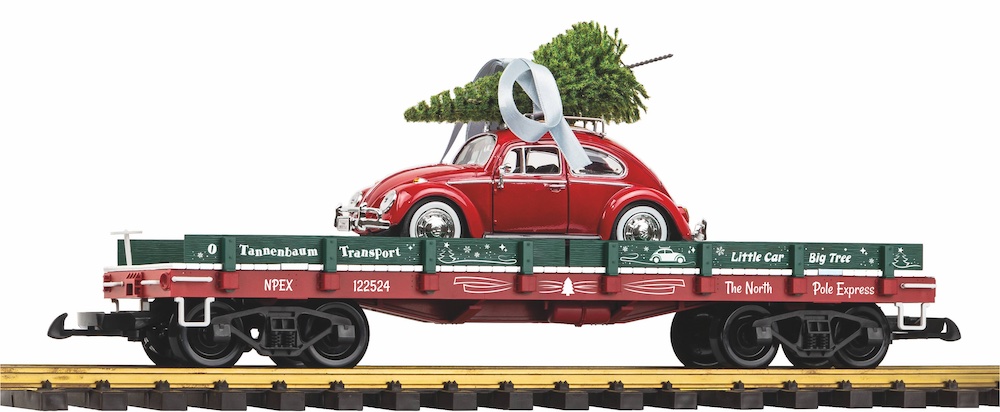
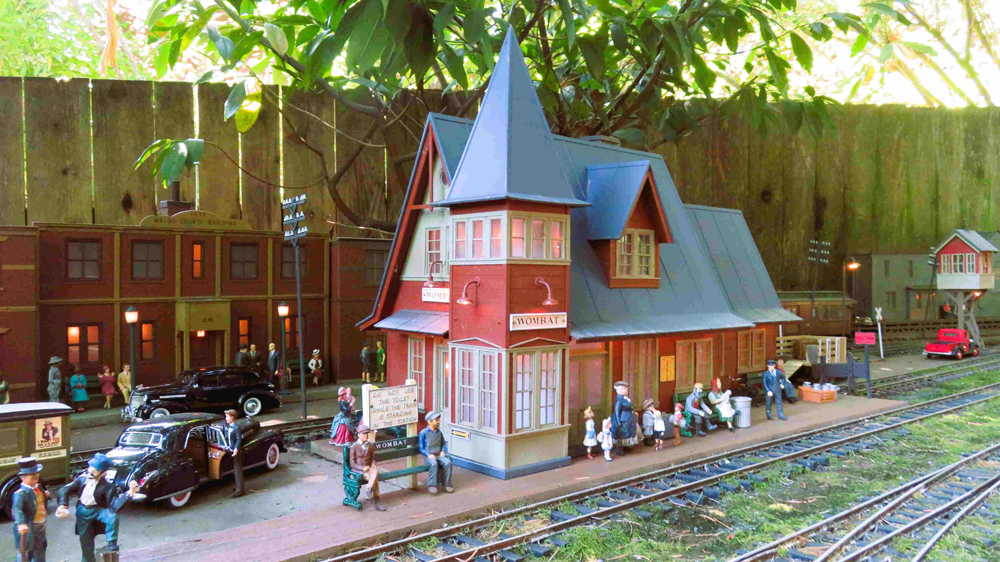
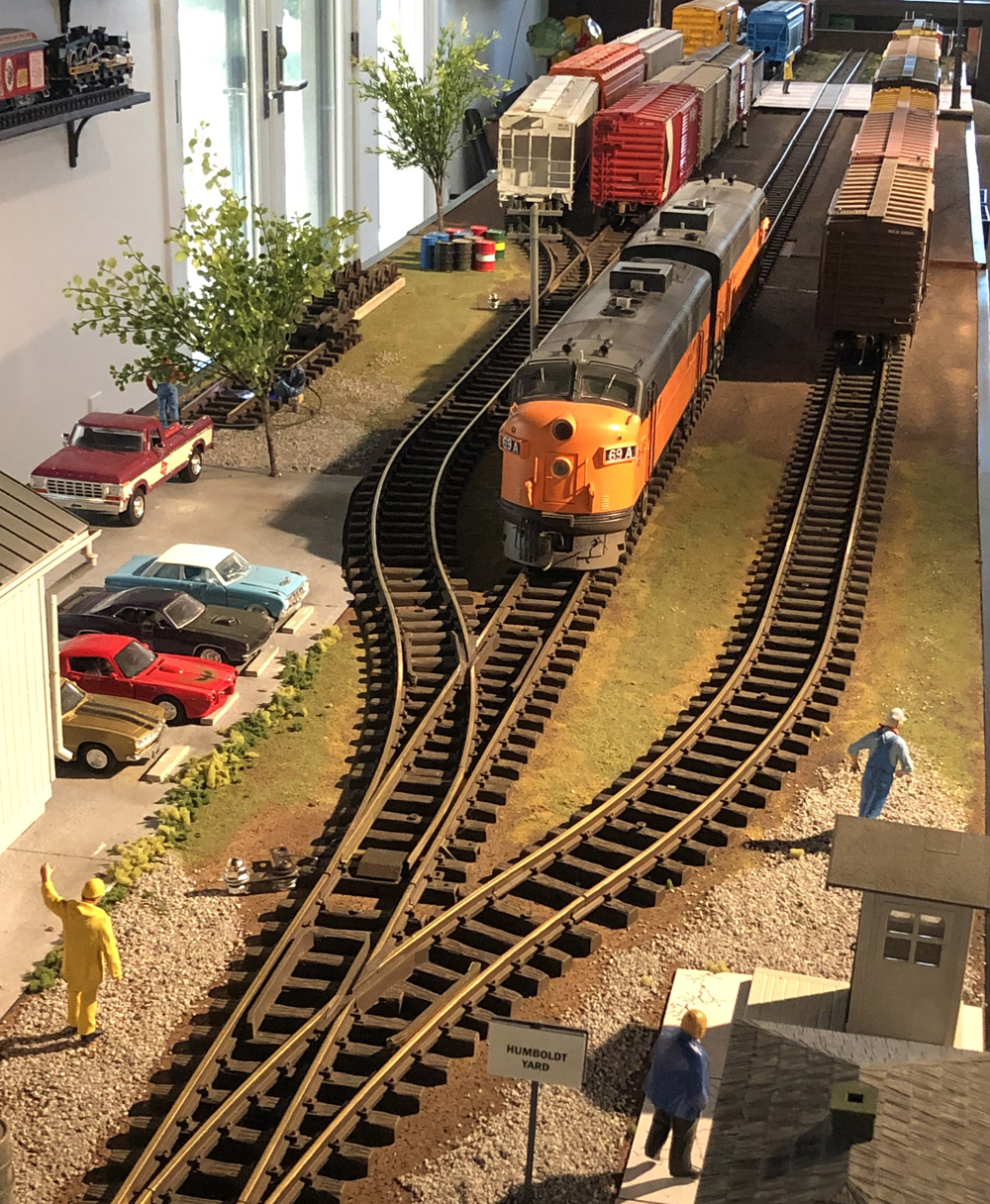
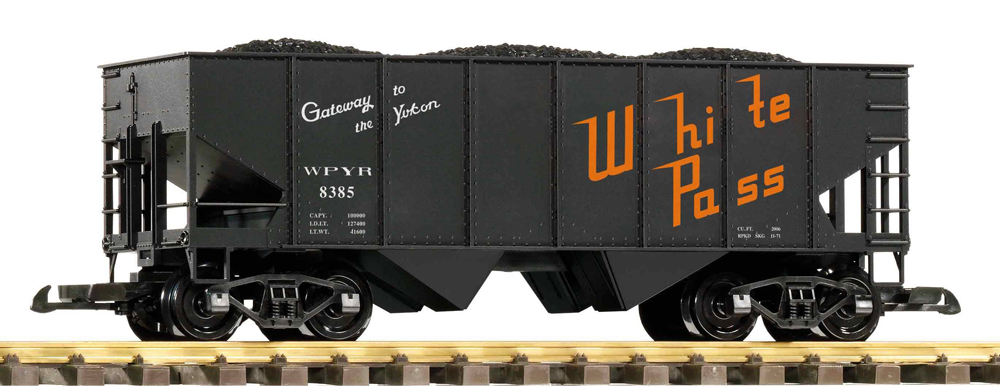




I have admired your projects and many contributions to the Large Scale hobby for many years. Thanks for the update!
LOL, Marc — “Weeding the garden.” …Couldn’t agree more! But still, can’t thank you enough for inspiring me to get started in this segment of the hobby! -kj